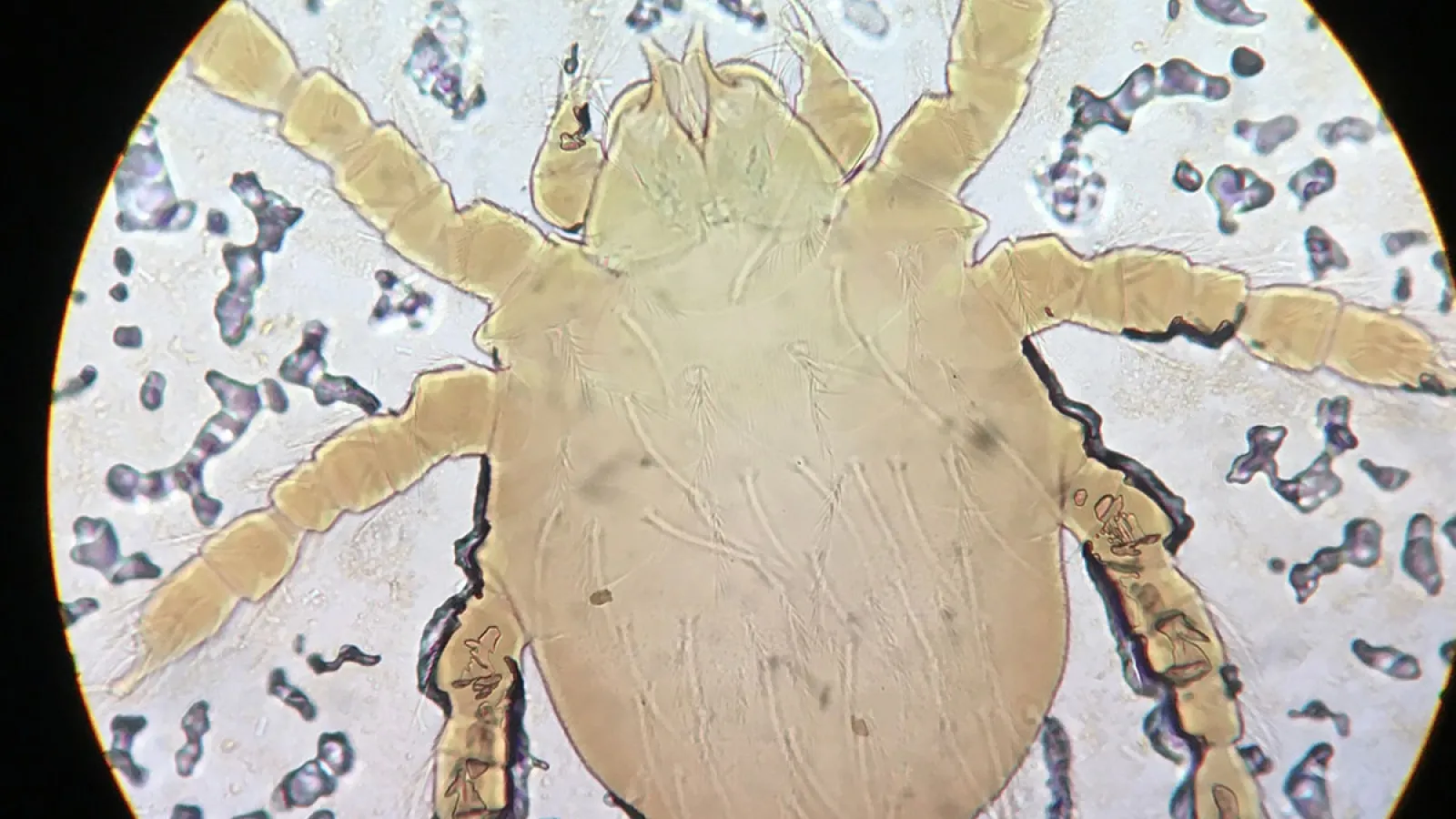
Chiggers
Latin Name: Trombiculidae
Chiggers, commonly known as "red bugs," come from the Trombiculidae family. You might also know them as harvest mites, harvest lice, or mower's mites. These red, orange, or yellow arachnids are so small that you might need a magnifying glass to see them, but you will definitely see and feel the bites that they leave.
Adult chiggers are not the ones biting; it is the larvae that feed on skin cells. Young chiggers will crawl onto skin, make small holes, and inject their saliva to liquefy skin cells for food. They do not drink blood or burrow inside of the skin; they only drink the liquefied skin cells. You do not feel the biting and feeding process, but after a few hours, chigger bites will turn red, become raised, and begin to itch.
Chiggers are found in every country, but they cannot survive in cold temperatures. For this reason, they are most common in the late spring through early fall months when the ground temperature is above 75 but less than 90 degrees. They are also more common in southern and midwestern states with warmer climates. Chiggers require water to survive, so they are typically found near lakes and streams or in moist, grassy areas. Fields, berry patches, heavily weeded areas, forests, and even your lawn are all viable places for chigger activity.
Although chiggers do not spread diseases, no one wants to deal with itchy, red bumps on their skin. If you are going to be in chigger territory, there are some precautions you can take to prevent becoming their next meal. Use insect repellant and minimize exposed skin. Try to wear long-sleeved shirts, pants, and boots, and throw these in the wash when you get home. Undisturbed chiggers can sometimes feed for several days, so take a hot shower to get rid of any chiggers that may still be attached to your skin. For more information or to schedule a free pest inspection, contact Palmetto Exterminators
Similar Pests: Bed Bugs, Fleas, Clover Mites